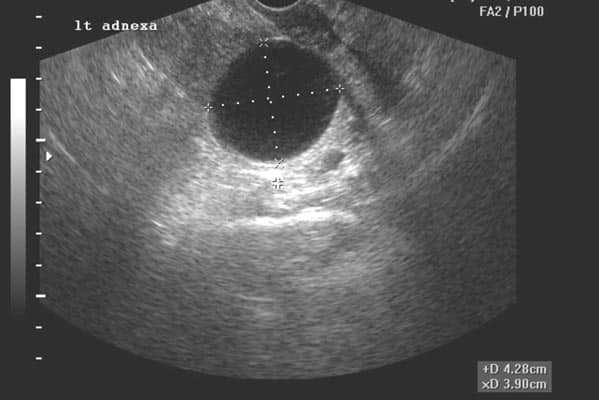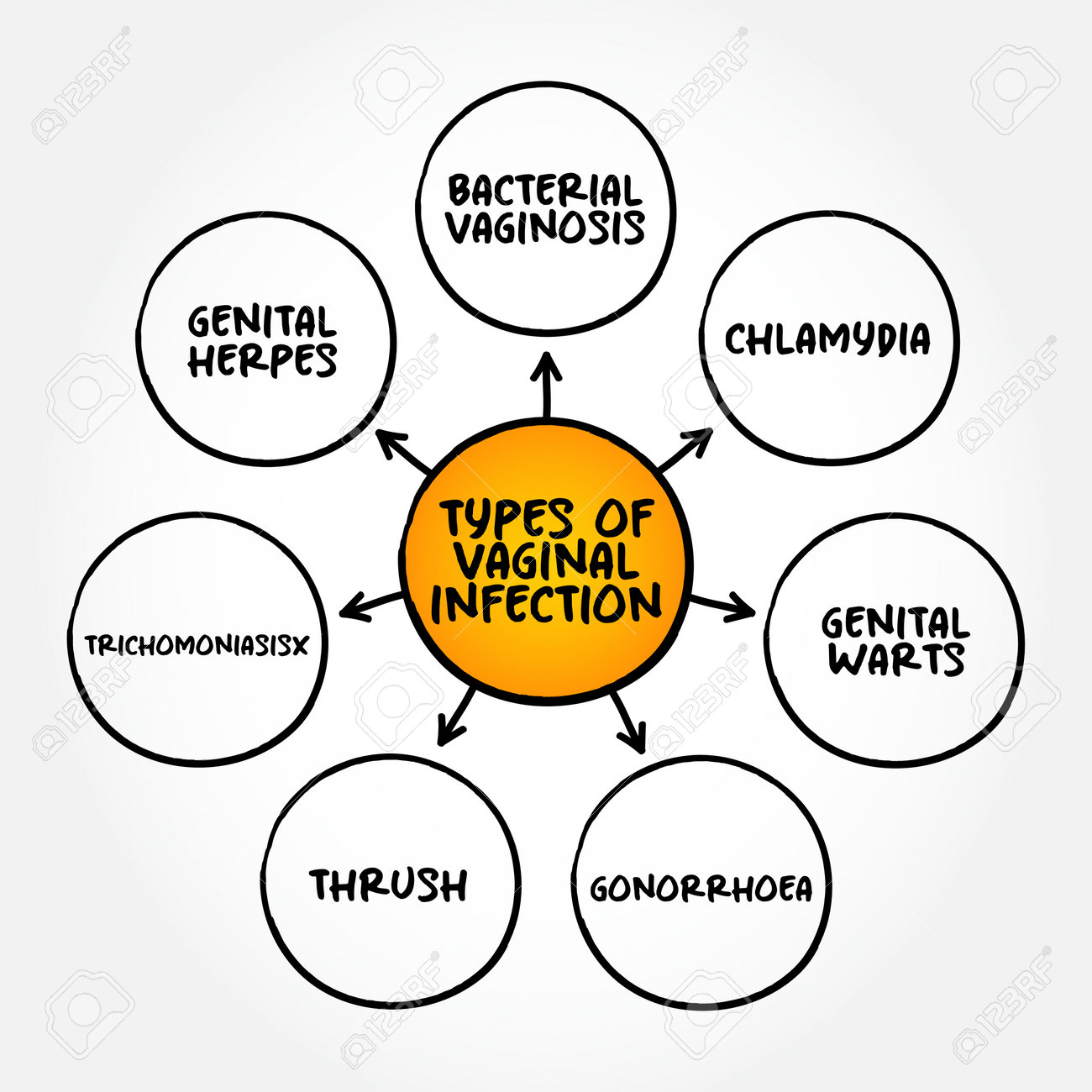The frequency of doctor visits for someone with Peripheral Vascular Disease (PVD) can vary based on the severity of the condition, individual health status, and the treatment plan established by the healthcare provider. Generally, individuals with PVD should follow the recommended schedule of appointments outlined by their healthcare team. Here are some general guidelines:
- Initial Assessment: After the diagnosis of PVD, there may be more frequent visits initially to assess the extent of the disease, establish a treatment plan, and monitor the response to interventions.
- Regular Follow-up Visits: After the initial assessment, individuals with PVD typically have regular follow-up appointments with their healthcare provider. The frequency of these visits will depend on the specific characteristics of the disease and the individual’s overall health.
- Monitoring Symptoms: If there are changes in symptoms or if new symptoms arise, it’s important to contact the healthcare provider promptly. Increased pain, changes in skin color, temperature, or the development of non-healing wounds should be addressed promptly.
- Medication Management: If medications are prescribed, regular follow-ups may be necessary to monitor the effectiveness of the medications, adjust dosages if needed, and manage any side effects.
- Lifestyle Counseling: Regular follow-ups allow healthcare providers to provide ongoing counseling on lifestyle modifications. This may include guidance on diet, exercise, smoking cessation, and managing other cardiovascular risk factors.
- Vascular Imaging and Tests: Periodic vascular imaging or tests may be recommended to assess the progression of the disease and the effectiveness of treatments.
It’s crucial for individuals with PVD to actively participate in their healthcare by attending scheduled appointments, adhering to prescribed medications, and promptly reporting any changes in symptoms to their healthcare provider.
The specific schedule of follow-up visits will be determined by the healthcare team based on the individual’s unique health circumstances. It’s advisable to discuss the recommended frequency of visits with the treating healthcare provider and to adhere to the established plan for optimal management of Peripheral Vascular Disease.
Are you seeking the expertise of the best interventional radiologist in Mumbai? Look no further than Dr. Kunal Arora, a distinguished specialist dedicated to providing cutting-edge interventional radiology services.




